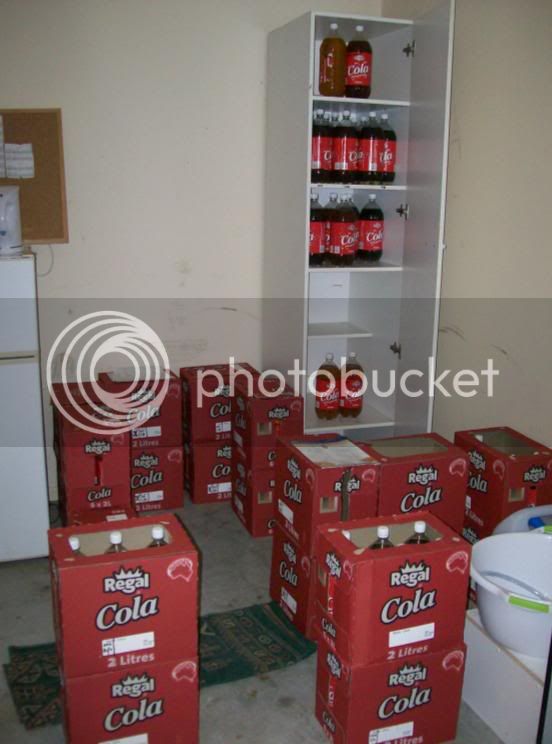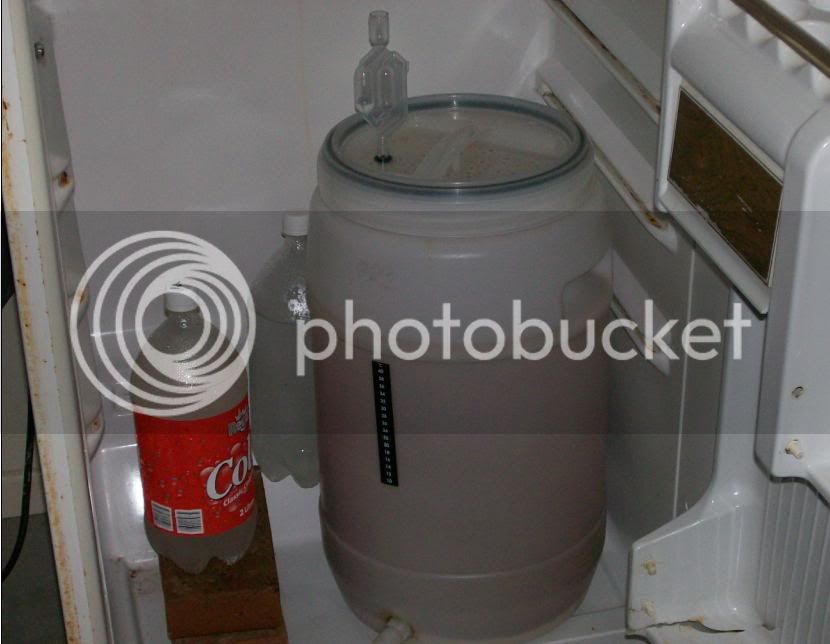danielenglish87
New Member
Hi there. Ive just finished racking off my first ever brew. I orderd the plastic PET bottles for convinence and was just wondering how long the beer will remain ok in them for after the carbonation and initial clearing period? Any info would be much appreciated, thanks.





